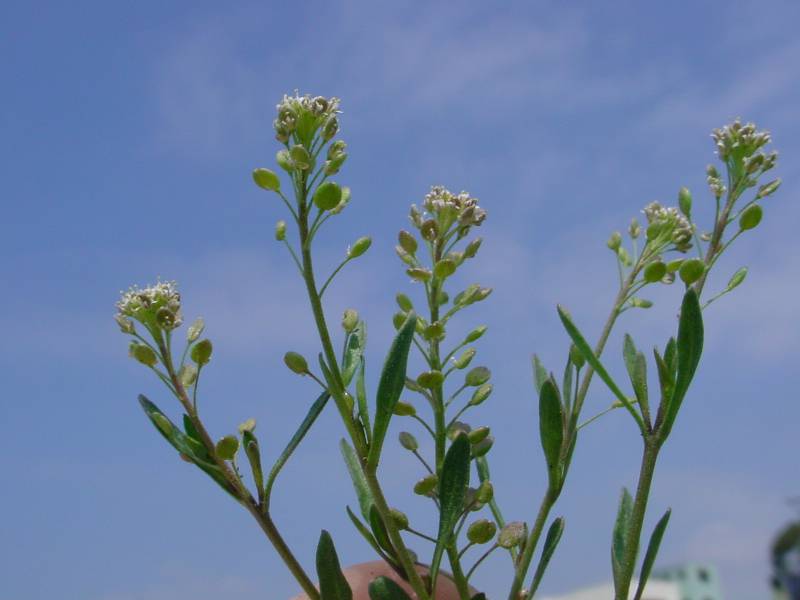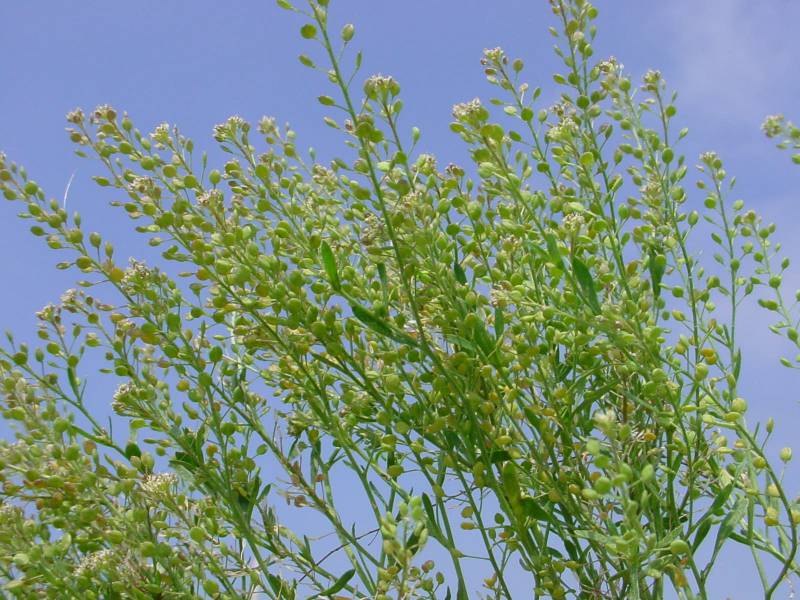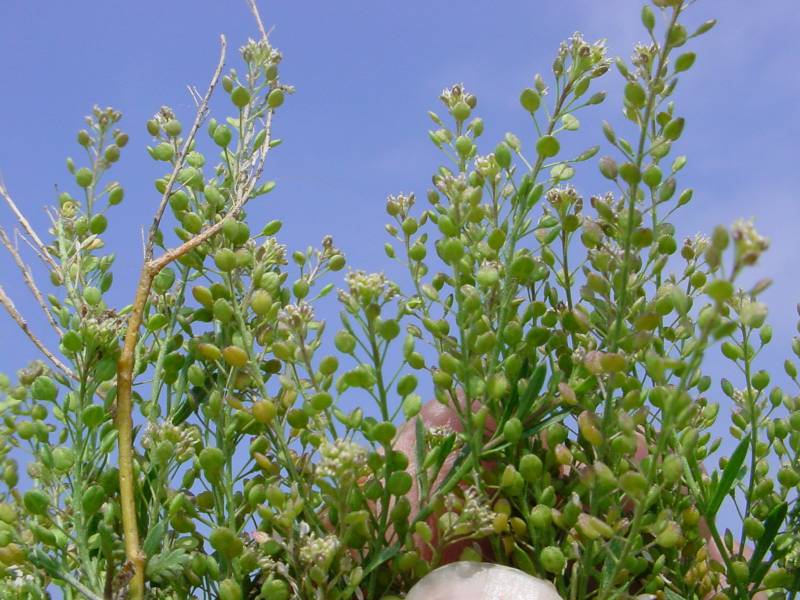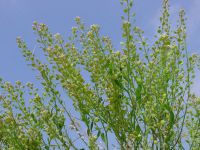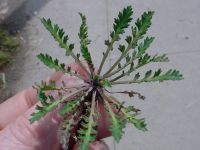Distribution: Occurring chiefly east of the Cascades crest in Washington; Alaska to California, east to the northern Great Plains and northeastern North America.
Habitat: Sagebrush, ponderosa pine forest openings, roadsides, fields, and other disturbed open areas.
Flowers: June-August
Origin: Native
Growth Duration: Annual, Biennial, Perennial
Conservation Status: Not of concern
Pollination: Bumblebees, bees, flies, beetles, wasps
Puberulent to retrorsely pubescent winter annual or biennial, the freely-branched stems 1-5 dm. tall.
Basal leaves pinnatifid, the lobes more or less toothed, usually deciduous by flowering; cauline leaves alternate, the lower lanceolate and serrate, the upper linear, entire.
Inflorescence of terminal, open many-flowered racemes, with numerous smaller, axillary racemes from the upper leaves; pedicles equaling the fruit, terete, slender; sepals 4, 1 mm. long; petals 4, white, linear, shorter than the sepals; stamens 2; style lacking.
Silicles elliptic, strongly obcompressed, 2.5-3.5 mm. long, glabrous or pubescent, slightly winged at the tip, shallowly notched, the sinus about 0.2 mm. long.
Publication: Bull. Torrey Bot. Club. 26: 124. 1899.
Lepidium ramosissimum A. Nelson var. ramosissimum
PNW Herbaria: Specimen records of Lepidium ramosissimum in the Consortium of Pacific Northwest Herbaria database
WA Flora Checklist: Lepidium ramosissimum checklist entry
OregonFlora: Lepidium ramosissimum information
E-Flora BC: Lepidium ramosissimum atlas page
CalPhotos: Lepidium ramosissimum photos

